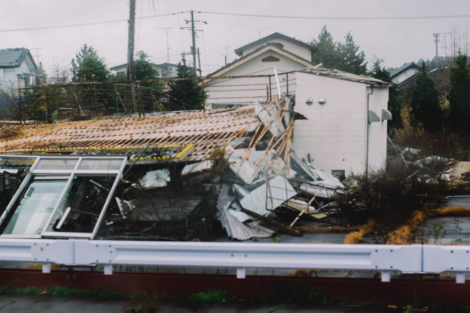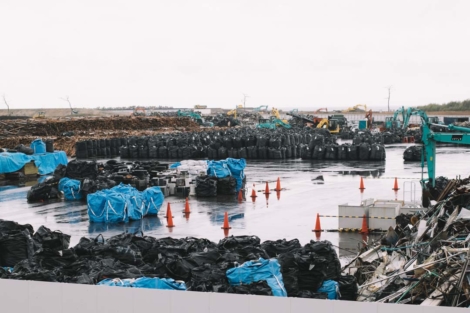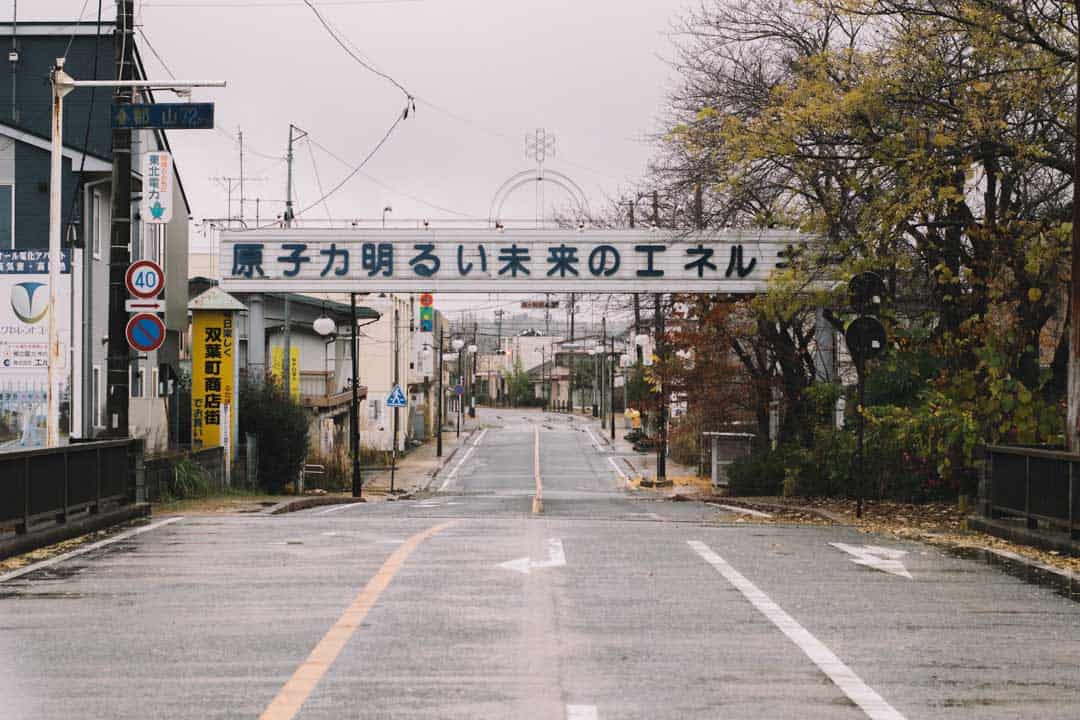March 11, 2018 marks the seventh anniversary of the Fukushima Daiichi nuclear disaster, the most significant nuclear incident since the 1986 Chernobyl explosion in Ukraine. The disaster has led to extensive scientific research in the affected areas in an effort to learn about its effects.
Triggered by a 9.0 magnitude earthquake, a massive tsunami off the coast of Japan destroyed the power and cooling systems of three nuclear reactors at the Fukushima Daiichi power plant. With the reactors melting down over the course of a few hours, the disaster caused significant environmental, economic, and psychological damage to the area and its residents.
Environmental research has examined the impact of the release of radioisotopes from the meltdown on terrestrial and marine wildlife. A review from 2015 observed declines in bird, butterfly, and cicada populations in Fukushima forests as well as abnormal morphological growth in aphids and trees.
In addition to environmental harm, researchers estimate that the total human mortality from the event will be around 10,000 with an additional lifetime cancer mortality of 1,500.

The remains of a house in Iwaki, Fukushima. ANDY TAKAGI/THE VARSITY
At the time of the event, over 150,000 people in the area were evacuated en masse, with many ending up in temporary housing. While Japanese authorities claim that the area is safe and are proceeding to move residents back to the area, people remain hesitant.
Skepticism about safety stems from recent reports of robots being destroyed within hours of being sent into the reactor buildings. Likewise, a recent Greenpeace Japan report claims that current radiation levels remain three times higher than government targets despite cleanup work in the area. This suggests that the area may not be habitable just yet.
Globally, there has been growing skepticism toward nuclear energy. While nuclear generation provides cheap electricity and does not emit greenhouse gases, a 2013 study examining 42 countries found that the Fukushima event has shifted views on nuclear energy toward the negative.
Japan shut down its nuclear power enterprise in the wake of the event and currently provides monthly updates to the International Atomic Energy Agency on the status of the Fukushima Daiichi. Germany has shut down several of its reactors and recently reaffirmed its commitment to phase out nuclear power by 2022.

Collected trash and radioactive dirt from government clean-up effort.
ANDY TAKAGI/THE VARSITY
Other countries appear open to the idea as well. South Korean President Moon Jae-in promised to eliminate both coal and nuclear power, though there are clear challenges to keeping this promise: nine reactors have opened in South Korea since 2000, and five are currently under construction. Japan has brought five reactors online as of September 2017, with more to come in the future.
Despite changing attitudes, not a lot has changed in relation to the production and generation of nuclear energy since the event, according to Steve Hoffman, an Assistant Professor in the Department of Sociology.
“Among the large nuclear producers, only two nations shifted their nuclear energy policies in a significant way in the wake of the Fukushima disaster – Japan and Germany… [However], the reductions of major producers like Japan and Germany has been offset by the increased production in China, which has been growing their nuclear fleet at an extremely rapid rate,” wrote Hoffman.
Hoffman has researched the impact of the Fukushima disaster on German and American energy policies.
There have been several protests against nuclear energy in response to Fukushima. In Europe, 50,000 people from Germany, Belgium, and the Netherlands formed a human chain in June 2017, calling for the closure of two of Belgium’s nuclear reactors.
The disaster has also shifted energy-related policies such as plans for the development of a deep geological repository to store high-level nuclear fuel waste. Countries like South Korea now have a ‘wait-and-see’ approach to storing nuclear waste.
“The big story of energy policy around the world in the aftermath of the Fukushima Daiichi nuclear disaster is that very, very little changed. Globally, nuclear production has levelled off, but that has been happening since Chernobyl. By and large global production is about the same before and after Fukushima,” wrote Hoffman.


